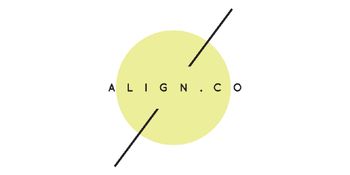In the ever-evolving landscape of professional networking, the traditional exchange of paper business cards is undergoing a transformative shift with the emergence of Near Field Communication (NFC) technology. Let's dive into the comparison between the classic and the cutting-edge, exploring the strengths and limitations of traditional business cards versus their digital, interactive counterparts — NFC business cards.
Traditional Business Cards: The Classic Exchange
1. The Classic Ritual:
- For decades, the exchange of paper business cards has been a ritual in professional settings. The tangible nature of a traditional business card has been a symbol of legitimacy and professionalism.
2. Tangibility and Tradition:
- Holding a physical card provides a tangible connection, and the act of exchanging business cards has cultural significance. Traditional business cards are often seen as a representation of the professional's identity.
3. Manual Data Entry:
- The downside of the traditional model lies in the manual entry of contact information. Recipients need to manually input the details into their digital devices, a process that can be time-consuming and error-prone.
4. Limited Interactivity:
- Traditional business cards are static. They provide contact details but lack the interactive elements that could enhance the networking experience.
NFC Business Cards: The Digital Evolution
1. Digital Interaction:
- NFC business cards introduce a digital touch to the classic exchange. Embedded with a small NFC chip, these cards enable seamless and instant data transfer with a simple tap against a smartphone.
2. Immediate Connection:
- The tap-and-connect feature eliminates the need for manual data entry. Contacts receive information instantly, fostering a more immediate connection.
3. Rich Multimedia Experience:
- NFC business cards go beyond traditional contact details. They can link to websites, portfolios, or social media profiles, offering a richer and more dynamic way to showcase professional information.
4. Sustainability and Reusability:
- In an era where sustainability is a growing concern, NFC business cards stand out for their eco-friendly nature. Being digital and reusable, they reduce paper waste and align with environmental consciousness.
5. Adaptability and Innovation:
- Unlike their static counterparts, NFC business cards can be remotely updated, allowing for continuous innovation. This adaptability positions NFC business cards as a platform for future technological advancements.
Choosing the Right Fit: Traditional or NFC?
1. Context Matters:
- The choice between traditional and NFC business cards depends on the context. While traditional cards may still have cultural significance in certain settings, NFC cards offer a modern and technologically advanced approach.
2. Networking Dynamics:
- Consider the dynamics you want to establish in your networking interactions. Traditional cards rely on the recipient's initiative, while NFC cards create a more immediate and engaging networking dynamic.
3. Sustainability Considerations:
- If sustainability is a priority for you or your business, the eco-friendly nature of NFC business cards may align better with your values.
Conclusion: Embracing the Shift
As the professional networking landscape undergoes a digital transformation, the choice between traditional and NFC business cards becomes a matter of preference and strategic alignment. While traditional cards carry a sense of tradition and tangibility, NFC business cards offer a digital, interactive, and sustainable alternative for the forward-thinking professional.
Embrace the shift, explore the possibilities, and choose the networking tool that best aligns with your goals in this ever-evolving era of professional connectivity.




